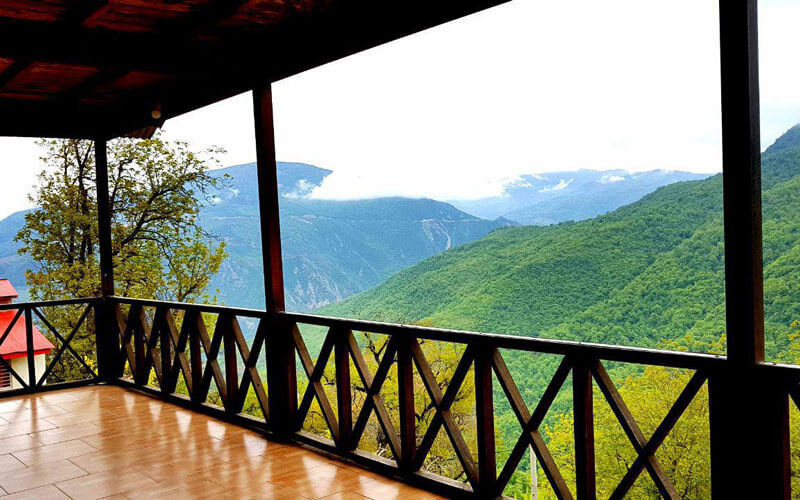Golestan province pledges support for ecolodge units around Great Wall

TEHRAN—The tourism chief of Golestan province has said his directorate fully supports efforts to promote ecolodges situated in villages around the Great Wall of Gorgan.
“Ecolodge accommodation is a top model for exploiting the potential of rural areas of the province, especially in villages on the way to the Great Wall of Gorgan,” Mohammad-Javad Saravi said on Friday.
“We certainly support the expansion of ecotourism near the Great Wall of Gorgan, and we will allocate suitable facilities for the prosperity of ecolodges unities,” the official said.
Moreover, Saravi pledged support for crafters, who live in those rural areas, to safeguard their careers, CHTN reported.
Also known as the Red Wall or the Red Snake, the Great Wall of Gorgan is the longest ancient barrier between Central Europe and China, longer than Hadrian’s Wall and the Antonine Wall put together, and the third-largest wall in the world after the walls of China and Germany. However, most parts of the gigantic monument are still hidden underneath the surface through some segments that have so far been unearthed and even restored to their former glory.
The Great Wall of Gorgan was constructed from 420s CE to 530s as a northern frontier of the then mighty Persian Empire, which was then ruled under Sassanids.
The barrier involved a series of wars, first against the Hephthalites or White Huns and later against the Turks. Most parts of the gigantic monument are still hidden underneath the surface. Some segments have so far been unearthed and even restored to their former glory.
Gorgan, formerly Astarabad, is situated along a small tributary of the Qareh River, 37 kilometers from the Caspian Sea. Gorgan for long suffered from inroads of the Turkmen tribes who occupied the plain north of the Qareh River and were subjected to incessant Qajar-Turkmen tribal conflicts in the 19th century according to the Encyclopedia Britannica. The ancient city of Gorgan was a prosperous hub of handmade tiles and porcelains in the medieval Islamic eras.
AM
